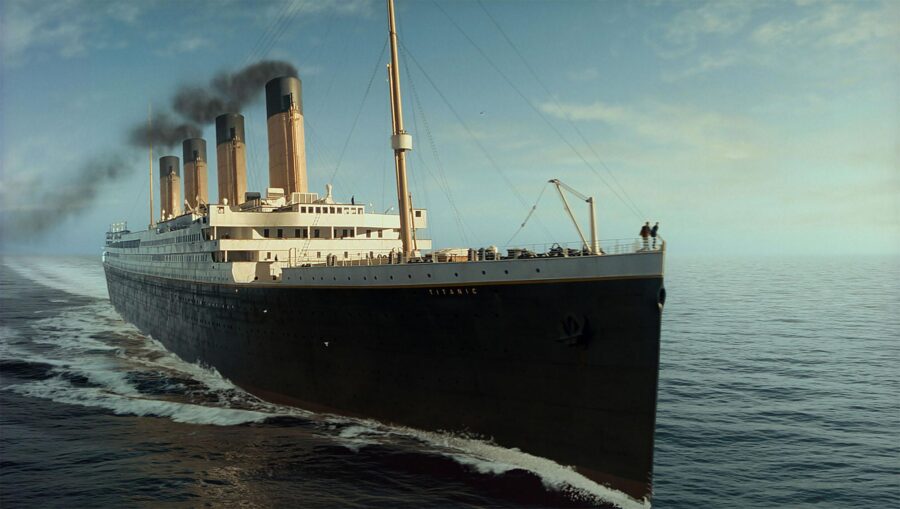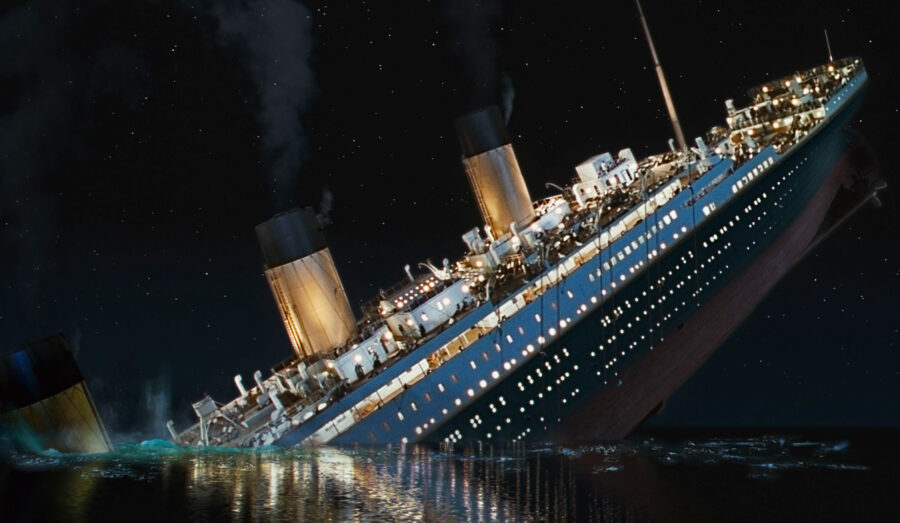See The Titanic In Stunning Detail Thanks To Groundbreaking New 3D Scans
A ground-breaking new study has used 3D scanning to capture every inch of the Titanic.

When technology isn’t eviscerating the audiobook voice-acting industry or demolishing our theories about how galaxies are formed, it’s shedding new light on famous historical events. According to an article by the BBC, scientists successfully created a full 3D scan of the ill-fated White Star Liner, The Titanic.
The creators describe the scan as like taking the water away from the wreck, allowing people to inspect the Titanic without being inhibited by the deep sea murkiness. It allows researchers to view the wreck of the 833-foot ship as a whole instead of only being able to see small sections at once. Since the ship is split in two, with the halves being about 2,600 feet apart, this will provide a far more efficient way to study the wreckage.
According to the BBC, scientists hope that the 3D scanning technology will help answer some questions about what happened to the ship since “it hit an iceberg and sank, killing Leonardo DiCaprio” isn’t enough information for inquiring minds. Some unanswered questions include whether a coal fire damaged the ship’s hull, whether the ship was going too fast, and why exactly the ship broke in two. According to documentary maker Parks Stephenson, scientists aren’t even sure which side of the ship struck the iceberg.
These new 3D scans may help shed some light on these mysteries. The scans come from a 2022 expedition that sent remote submersibles equipped with scanners 4,000 feet below the surface to get detailed scans of every square inch of the wreckage. It took more than 200 hours to get a complete scan of every angle of the wreck.
In all, over 700,000 3D images were taken of the Titanic from every angle. These images were stitched together to accurately map the entire ship as it exists today.

The resulting 3D model is so intricate that they captured details as small as the serial number on one of the Titanic’s propellers and shoes left on the bottom of the ocean floor. It also shows unopened bottles of champagne, intricate metalworking, and the twisted messes of iron from the more heavily-damaged sections of the wreck.
According to Gerhard Seiffert, who planned the expedition, the most difficult part of the process was scanning all the uninteresting parts, like the mud between the debris. This mapping was necessary to provide context for the interesting parts, showing where on the sea floor they are in relation to the rest of the Titanic’s wreckage.
The scans were taken by Magellan Ltd, a deep-sea mapping company that usually aids with seafloor drilling and mineral recovery. The documentary production company Atlantic Productions took part in the expedition. The company plans to produce a documentary surrounding the 3D scans.
The upcoming Titanic documentary is just one of many created by Atlantic Productions that make full use of 3D filming technology. The company has created six other 3D documentaries covering subjects such as penguins, insects, and the history of flying creatures.
No information about the documentary’s name or its release date has been announced.












